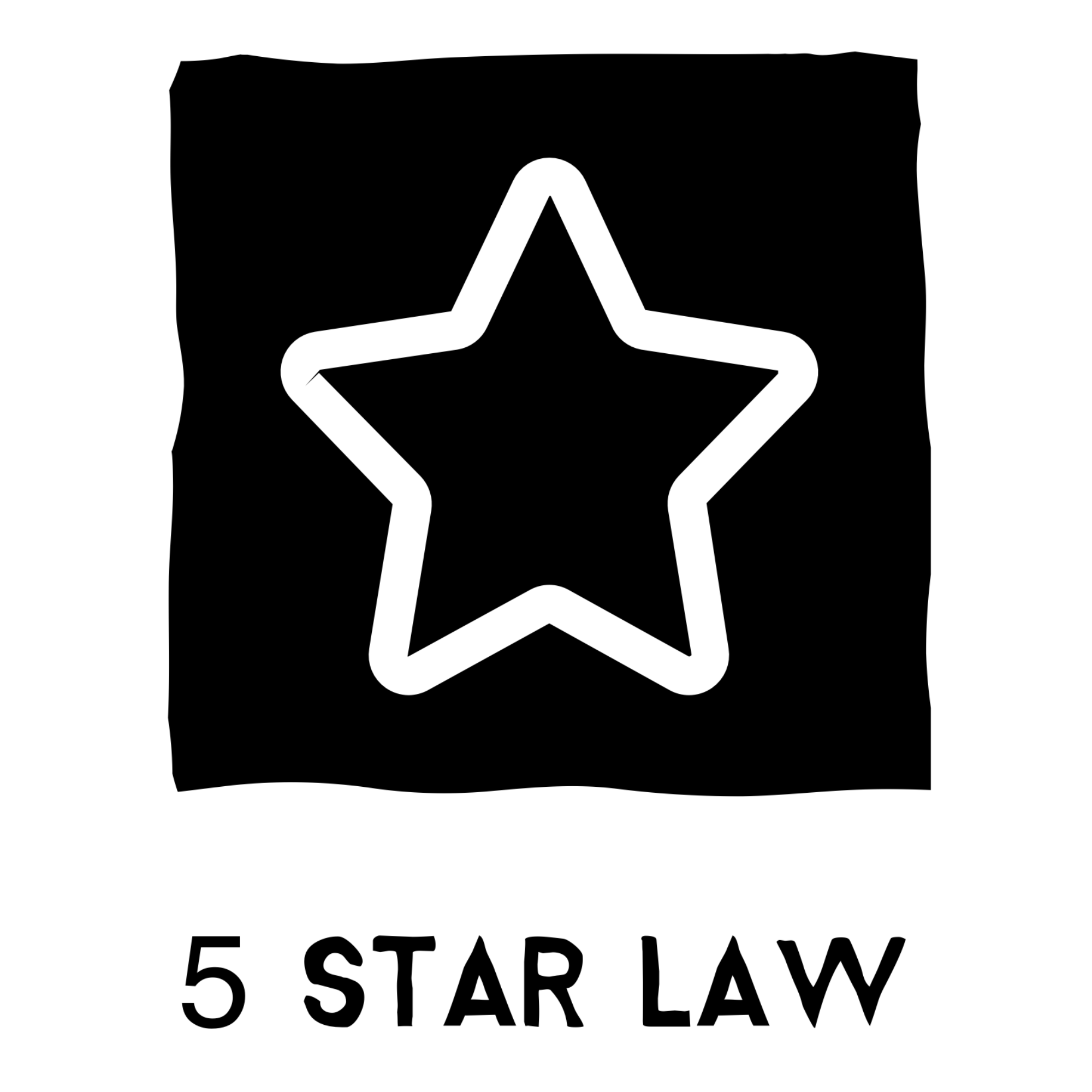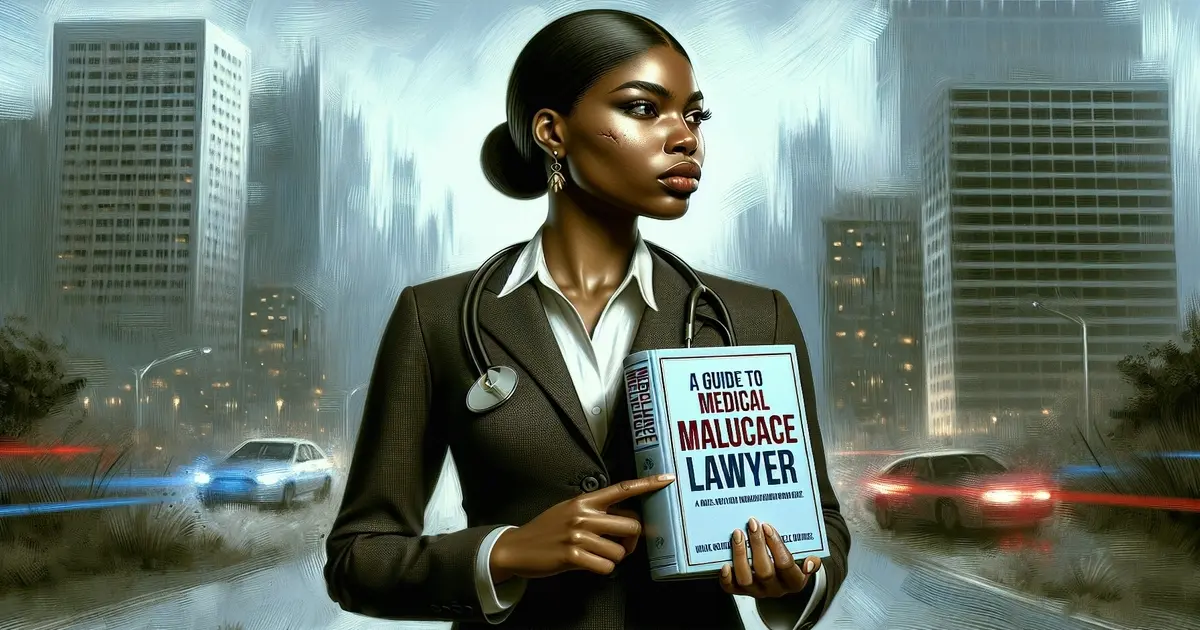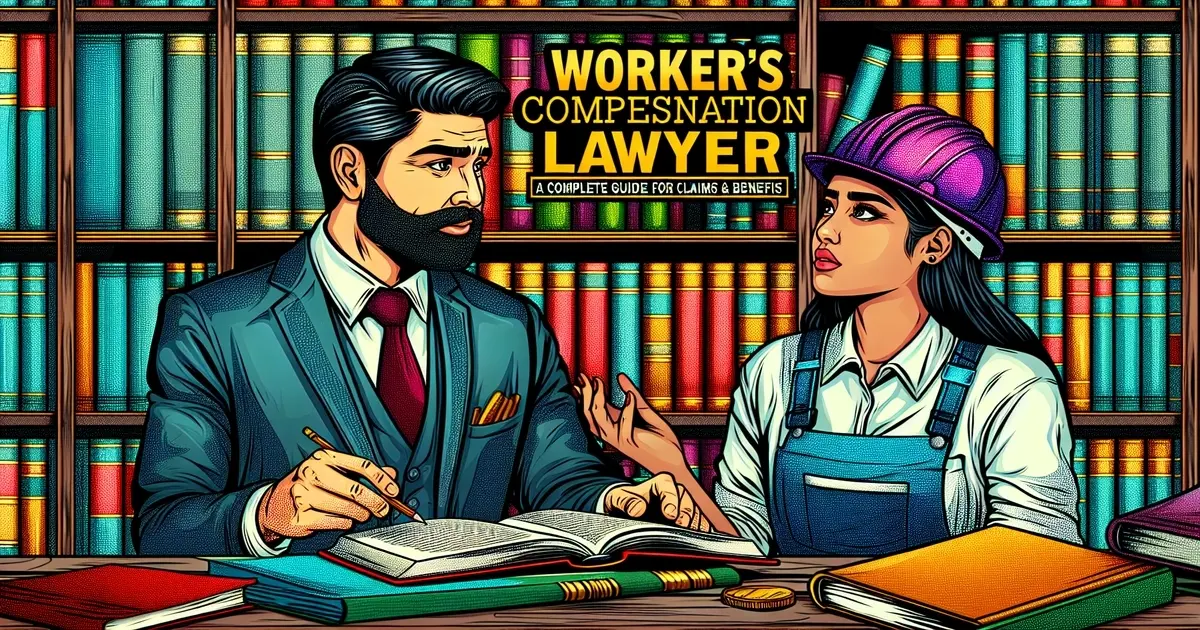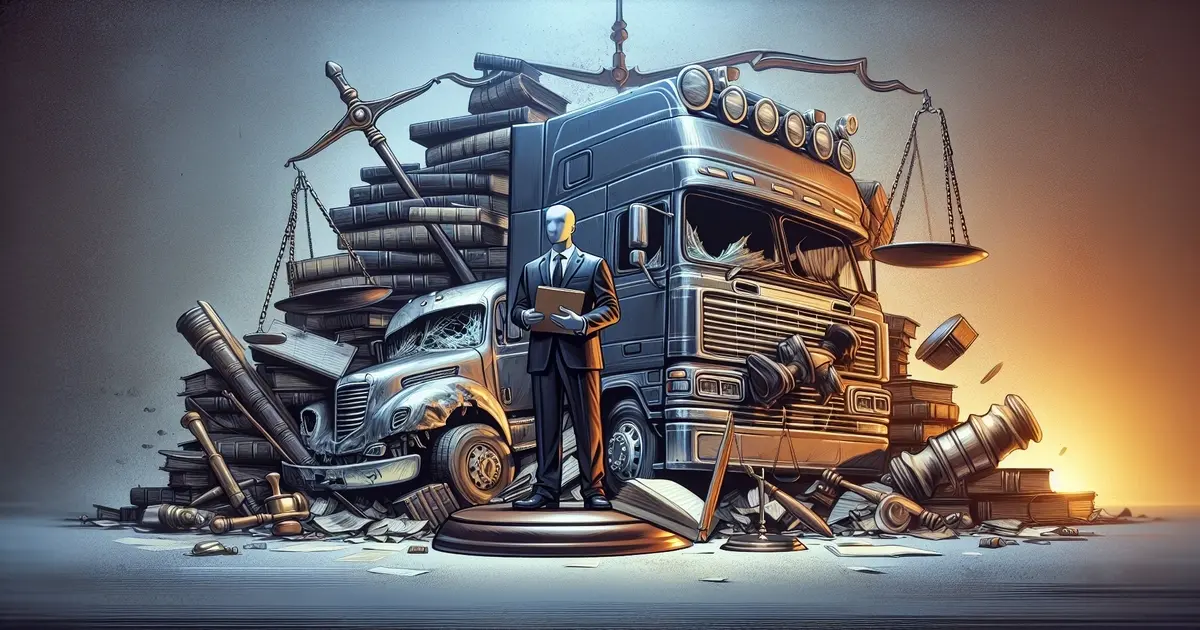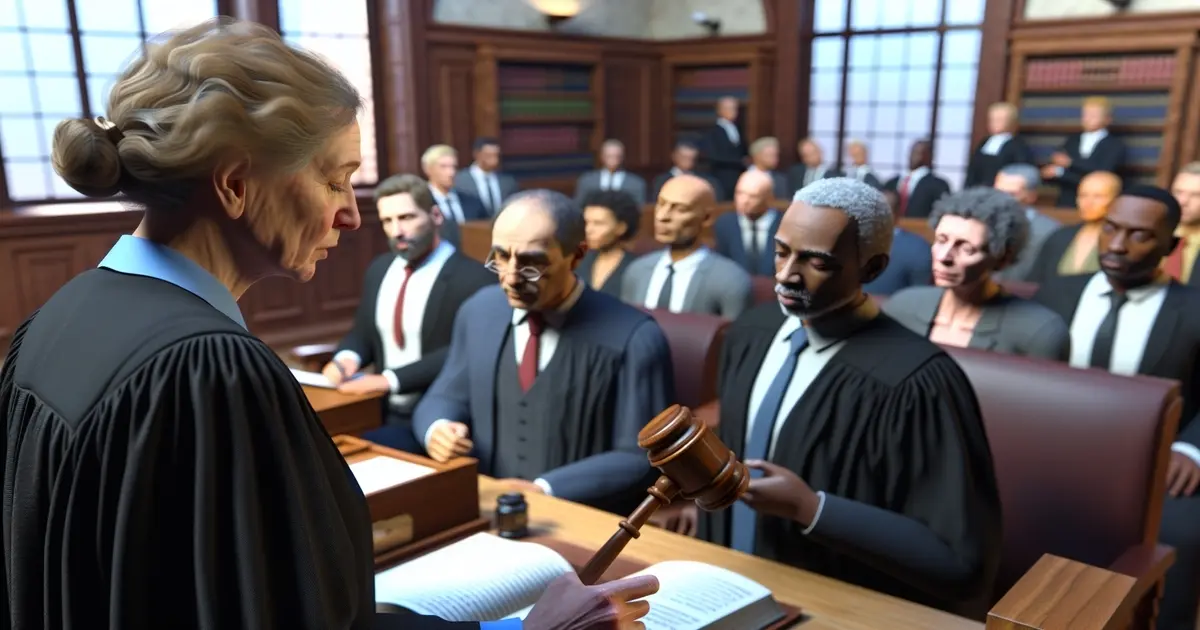Personal Injury Law: A Comprehensive Guide to Your Rights
Navigating the complexities of personal injury law, court decisions, and alternative dispute resolution can feel like trying to find your way out of a labyrinth without a map for the injured party, emphasizing the importance of reasonable care. This area of law, with its roots stretching back to ancient times when individuals would seek reparation for injuries through informal systems, has evolved into a sophisticated discipline that protects those harmed by others' negligence or intentional actions, utilizing statutes to classify the type of harm and determine the responsible party or person.
Today, it encompasses everything from car accidents and workplace injuries to medical malpractice and product liability involving either a party or person. Understanding the nuances and legal jargon is crucial for any party or person in this legal maze. Let's dive deep into what personal injury law entails today, shedding light on how it operates within our modern legal framework.
Table Of Contents
Understanding Key Principles and Definitions
Intentional Torts
Intentional torts are deliberate actions that cause harm. Unlike accidents, these involve a person wanting to inflict injury or damage. For example, if someone hits another person during a fight, it's an intentional tort.
Negligence-based incidents differ significantly. They happen when a person fails to act with care, leading to harm. A typical scenario is a car collision where someone isn't paying attention.
Duty of Care
The "duty of care" concept is crucial in personal injury law. It means every person has the responsibility not to cause harm to others through their actions or neglect.
For instance, store owners must ensure their floors are clean and dry. This prevents customers from slipping and getting injured. Failing this duty can lead to negligence claims.
Statute of Limitations
The statute of limitations sets the deadline for filing a lawsuit after an incident occurs.
- For personal injury cases, this period varies by jurisdiction.
- This deadline usually means a person can avoid lawsuits for damages.
It emphasizes the importance of acting quickly after suffering an injury due to another person’s action or negligence.
In understanding these principles and definitions within personal injury law contexts:
Personal injuries cover physical, emotional, or mental harm caused by another's action or negligence. Commonly resulting from car collisions, these injuries can lead victims to seek compensation through lawsuits filed under common law jurisdictions' tort laws.
Damages sought often include medical expenses incurred by the person due to the injury alongside compensation for pain and suffering, plus any loss in quality of life experienced as a result.
Intentional torts contrast with negligence-based incidents, highlighting different bases under which claims might be made—either stemming from deliberate acts by a person causing harm or from failures in observing duties owed by a person that result in accidental injuries.
Understanding duty of care reveals how breaches contribute towards establishing grounds for negligence claims; recognizing situations where individuals fail to prevent foreseeable harm illustrates its significance within legal frameworks governing personal safety responsibilities among citizens interacting within public spaces or private premises.
Finally, statutes of limitations underscore temporal constraints affecting claimants’ abilities to pursue redress; acknowledging applicable deadlines ensures rights aren’t forfeited inadvertently due to simply overlooking procedural timelines stipulated by relevant legislative provisions overseeing judicial processes addressing grievances related to it.
Types of Cases Covered by Personal Injury Law
Auto Collisions
Personal injury law encompasses a wide range of cases. One common type is auto collisions. These incidents often result in injuries to a person that can drastically change someone's life.
Victims might face long recovery periods or permanent disabilities. The law seeks to help them get compensation for their losses and suffering. This includes medical expenses, lost wages, and pain and suffering.
Slip-and-Fall Incidents
Another area under personal injury law is slip-and-fall incidents. These accidents happen on another person's property due to unsafe conditions.
Property owners must keep their premises safe for visitors. When they fail, they can be held liable for injuries sustained. Examples include wet floors without signs, broken steps, or icy walkways needing to be treated appropriately.
Medical Malpractice
Medical malpractice represents a significant part of personal injury cases, too. It occurs when healthcare professionals provide substandard care that causes harm to patients.
This could involve surgical errors, wrong prescriptions, or misdiagnoses, leading to worsening health conditions. Patients trust doctors with their lives. When that trust is broken through negligence or error, the law provides a way for victims to seek justice and compensation.
Product Liability
Product liability cases are also covered under personal injury law. Manufacturers must ensure their products are safe before hitting the market. When products cause harm due to defects or inadequate warnings, injured parties can file claims against those responsible. Common examples include dangerous toys, faulty appliances, or harmful pharmaceuticals.
Assaults & Intentional Acts
Lastly, assaults and other intentional acts fall within the scope of personal injury law as well. Unlike accidents resulting from negligence, these cases involve deliberate actions meant to harm others.
Victims can pursue legal action against perpetrators in criminal court and civilly for damages related to physical and emotional distress caused by such acts.

Basics of Filing a Personal Injury Lawsuit
Right Jurisdiction
Choosing where to file your lawsuit is crucial. It's not just about picking any court. It would be best if you found the right place that has the power to hear your case.
The jurisdiction depends on where the injury happened or where the defendant lives. Sometimes, you can choose between more than one location. This choice can impact how your case proceeds.
Initial Steps
Before you file anything, consult an attorney specializing in personal injury law. They will guide you through what comes next.
First steps include:
- Consultation with a lawyer.
- Signing an agreement if you decide to proceed.
- Preparing documents for filing a complaint against those responsible for your injuries.
These initial actions set the stage for what follows in court or negotiations outside courtrooms.
Gathering Evidence
Collecting evidence early is critical to building a solid case. Photos, medical records, and witness statements are vital pieces of this puzzle.
It would be best if you started gathering documentation as soon as possible after an incident occurs:
- Medical reports from treatments received due to injuries.
- Pictures of the accident scene and injuries sustained.
- Statements from anyone who witnessed what happened or has relevant information about it.
Elements of Negligence in Personal Injury Cases
Duty of Care
Every personal injury case starts with the duty of care. This means a person or entity must act a certain way towards others. For example, drivers should not speed to keep roads safe.
The law expects everyone to act reasonably and avoid causing harm. When someone fails, it leads to negligence claims.
Breach of Duty
Proving a breach is central in these cases. It shows someone didn't follow their duty of care. Imagine a store owner leaving spills uncleaned, leading to a fall.
This step requires showing how an action was unreasonable under the circumstances. If most people would have acted differently, then there's likely been a breach.
Causation Link
Causation connects the breach directly to the injury. It's not enough that someone was negligent; their actions must cause harm for liability to arise.
For instance, if you're hit by a car running a red light, that breach causes your injuries. Proving causation can get complex but is crucial for your claim.
Damages Incurred
Finally, you must show damages resulting from the negligence. This includes physical injuries and financial losses like medical bills or lost wages.
Damages are what you seek compensation for in court or settlements.
In proving these elements, victims demonstrate how another’s negligence led to their suffering.
- Duty: Was there an obligation?
- Breach: Did they fail this obligation?
- Causation: Did this failure cause your injury?
- Damages: What were your losses?
Understanding these steps helps you navigate personal injury law effectively.
By grasping the four essential elements—duty of care, breach of duty, causation link between negligence and injury, and damages incurred—you better equip yourself for legal battles. Negligent acts differ from intentional torts because they involve careless rather than deliberate harm. Yet both require demonstrating similar points: that reasonable care wasn’t taken and led directly to one’s injuries.
Personal injury law aims to make victims whole again through compensation. However, success depends on clearly linking negligent actions with tangible consequences individuals face. Remembering key aspects such as reasonable standards expected within society can guide through complex legal landscapes, ensuring justice prevails for those wronged due to others' oversight or disregard.
Types of Damages and Compensation Explained
Compensatory Damages
Understanding compensatory damages is crucial in personal injury law. These funds are awarded to cover financial losses directly related to an injury. They split into two categories: economic and non-economic damages.
Economic damages are more accessible to quantify. They include medical bills, rehabilitation expenses, and lost wages from missing work. Imagine someone injured in a car accident needing surgery and months off work for recovery. The compensation would cover their hospital bills and the income they missed out on during this period.
Non-economic damages are about the less tangible impacts of an injury. This covers pain and suffering, emotional distress, or loss of companionship if the injury affects relationships with loved ones. For example, if an individual's injuries prevent them from enjoying hobbies or spending quality time with family, they may receive compensation for these losses.
Punitive Damages
Punitive damages serve a different purpose than compensatory ones. While compensatory aims to restore what was lost, punitive damages aim to punish wrongdoing and deter similar future actions.
These are not awarded in every case but may apply when the defendant's conduct is harmful or reckless. Think of a company knowingly selling dangerous products that cause harm; punitive damages could be imposed as a penalty against them.
It’s important to note that while compensatory damages focus on the victim's needs, punitive damages look at correcting or punishing the offender's behavior.
By understanding these distinctions within personal injury law - between compensatory (economic/non-economic) and punitive damages - individuals can better grasp what kind of monetary compensation might be available following an incident leading to personal injuries.
- Economic damage examples include:
- Medical expenses
- Lost earnings
- Property repairs
- Non-economic damage examples entail:
- Pain & suffering
- Emotional distress
- Loss of enjoyment in life activities
Recognizing how each type contributes towards full restitution helps victims appreciate the scope of their legal rights in post-negligence cases discussed previously.
Comparative Negligence and Liability Issues
Fault Apportionment
Comparative negligence rules are crucial in personal injury law. They dictate how fault is divided among parties involved in an accident. Imagine two drivers collide at an intersection. If one was speeding but the other ran a red light, both might be at fault. Comparative negligence helps decide who pays what.
States have different approaches to these rules. In many states, your compensation can decrease by your percentage of fault. Let's say you've found 10% responsible for an accident; then, your compensation could be reduced by that percentage.
Contributory Negligence
Contributory negligence can significantly affect compensation amounts. It's a harsher rule than comparative negligence. Under contributory negligence, you might not be compensated if you're slightly at fault for causing your injuries.
Few places still use this rule because it often leads to unfair results. For example, if someone is 99% responsible for an accident and the victim is 1% responsible, the victim would receive nothing under contributory negligence laws.
Joint Liability
Joint and several liability concepts come into play in multi-defendant cases. When multiple parties cause harm, they can all be held liable together (jointly) or individually (severally) for damages. If one defendant cannot pay their share of damages, the others may have to cover it.
For instance, in a car crash involving several cars where more than one driver was negligent, each driver’s liability insurance might come into play depending on their role in causing the damage. The circumstances surrounding each case can significantly influence outcomes here.
Example: Three drivers are found liable after causing a pile-up on the highway. Under joint and several liabilities, if Driver A cannot afford his part of the damages, Drivers B and C might need to split it or take over his portion entirely.
Understanding these legal principles requires time and patience due to their complexity and jurisdiction variations. It highlights why having knowledgeable legal guidance through personal injury claims is essential.
Importance of Legal Representation
Expert Counsel
Navigating the complex laws surrounding personal injury cases requires expertise. An experienced lawyer knows how to interpret these laws. They use this knowledge to build a strong case for you.
Understanding law and statute takes work. A seasoned attorney can guide you through legal proceedings with ease. They ensure that every step taken is in your best interest.
Negotiation Skills
Negotiating settlement offers is an art form. Experienced lawyers excel at this. They know what your claim is truly worth.
Lawyers have negotiation skills that are critical in securing higher settlements. Without them, you might settle for less than you deserve.
Trial Preparation
Sometimes, cases go to trial. This scenario demands thorough preparation and understanding of court decisions and legal duty.
A lawyer prepares your case for trial from day one, ensuring readiness if negotiations fail.
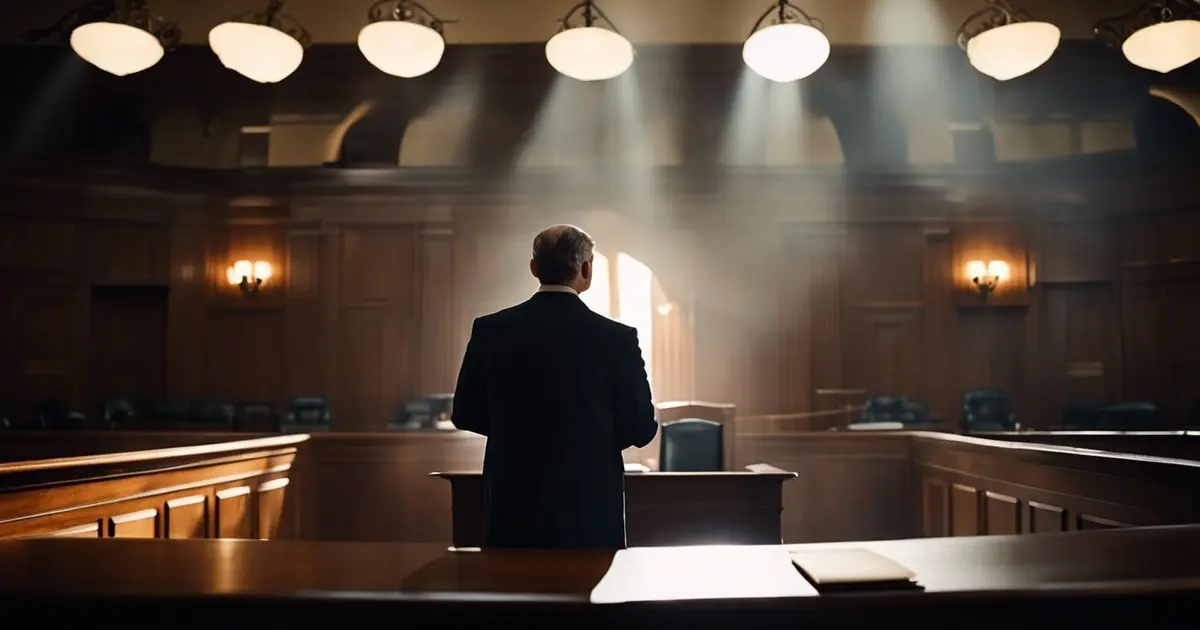
Resolving Personal Injury Claims
Settlement Negotiations
Settlement negotiations are often the first step in resolving a personal injury claim. This process involves the injured party and the person or entity responsible for their injuries. They try to reach an agreement without going to court. It needs to be more formal and can be quicker than other methods.
Most personal injury cases end with a settlement. Why? Because it saves time, reduces costs, and avoids uncertainty of trial outcomes. Both sides present their evidence informally and work towards an agreeable compensation amount.
Mediation & Arbitration
Mediation is another form of alternative dispute resolution (ADR). A neutral third party helps both sides communicate to find a solution they can agree on. It's non-binding, meaning parties still have other options if they can't decide.
Arbitration is more like a mini-trial but outside of civil court. An arbitrator listens to both sides and then makes a binding decision. This method is faster than traditional court trials but offers less flexibility once decisions are made.
Trial Resolution
Sometimes, settlements aren’t reached through informal negotiation or ADR methods like mediation or arbitration. Then, the case goes to trial in civil court. Here’s what happens:
- Each side presents its case.
- Evidence is shown.
- Witnesses may testify.
Trials are public and decided by either a judge or jury based on presented facts against legal standards in personal injury law.
Despite being dramatic in movies, most personal injury claims make it less far due to the cost and time involved.
Appeals Process
After a trial verdict, not everyone might be happy with the result. The losing party has the right to appeal against the decision in higher courts. This means reviewing if legal errors affected the outcome unfairly.
Appeals add more time and expense to resolving personal injury claims.
Seeking Medical Attention and Handling Bills
Immediate Evaluation
After an injury, it's crucial to see a doctor right away. This step is not just for your health. It also creates medical records that prove your injuries later on. These documents are essential in personal injury law cases.
Seeing a doctor quickly shows you took your injuries seriously. If you wait too long, the other party might say your injuries aren't from the accident. Always remember, your health comes first.
Managing Expenses
Handling medical bills can be stressful while waiting for a claim to settle. But there are options to manage these expenses:
- Health insurance: Your policy might cover some costs now.
- Medical payment coverage: Some car insurance have this for accidents.
- Payment plans: Many hospitals offer plans to pay over time without interest.
Talk with a lawyer about these options. They can guide you on what's best in your situation.
Insurance Communication
Dealing with insurance companies can take time and effort. Here’s how to handle conversations about medical costs:
- Be careful what you share. Only give them the necessary information.
- Don’t agree to recorded statements without legal advice.
- Keep copies of all bills and records of treatment costs.
Remember, insurance companies aim to pay as little as possible. Having an attorney speak on your behalf can protect your rights.
Summary
Navigating the maze of personal injury law might seem like a Herculean task, but armed with the knowledge you've gained, you're now better equipped to face it head-on. You've covered significant ground, from understanding the basics to mastering the complexities of negligence and liability. Remember, whether it's a slip-and-fall or a car accident, the essence lies in proving negligence and fighting for the compensation you rightly deserve. This journey through personal injury law underscores the importance of having an ace up your sleeve—a skilled legal eagle who can guide you through the stormy seas of claims and litigation.
Don't let the fear of legal battles deter you from seeking justice. If you've been wronged, it's time to stand up and fight back. Seek out a top-notch attorney who can turn the tide in your favor. Remember, knowledge is power, but when paired with expert legal representation, it becomes your shield and sword in personal injury law. Ready to take the next step? Your fight for justice begins now.
Frequently Asked Questions
What are the basics of filing a personal injury lawsuit, including the injured party, court decisions, reasonable care, and legal duty?
To file a lawsuit, you must prove someone's negligence caused your injury. Start by documenting everything and consulting with a lawyer. It's like building a house; you need a solid foundation (evidence) and expert advice (a good lawyer).
What types of cases fall under personal injury law?
Think of personal injury law as an umbrella shielding you from various storms—car accidents, slip-and-falls, medical malpractice, and even dog bites. If it hurt you because someone else slipped up, it likely falls under this broad category.
How does comparative negligence affect my case?
Comparative negligence is like splitting the bill when both parties have had their share in causing an accident. If you are found partly at fault for your injuries, your compensation might be reduced accordingly—it’s all about finding that percentage where responsibility lies.
Why is legal representation important in these cases?
Navigating the legal maze without a guide can leave you lost or worse off than before. A skilled attorney acts as your compass and map—they know the shortcuts, pitfalls to avoid, and how to get you safely to your destination: fair compensation.
How are damages calculated in personal injury claims?
Calculating damages isn’t just pulling numbers out of thin air—it involves adding up actual losses like medical bills and lost wages, plus estimating non-tangible harms such as pain and suffering. Think of it as balancing scales between what was taken from you versus what’s needed to make things right.
When should I seek medical attention after an incident?
Immediately! Even if Superman wouldn’t flinch at such bumps or bruises, getting checked out ASAP ensures any hidden injuries go unnoticed while providing concrete evidence for your claim. Consider it both preventive care for yourself and fortifying armor for your case.
Related Post
Car Accident Lawyer
Navigating the aftermath of a car accident may feel like trying to find your way through a maze without a map, especially if pedestrians are involved and you're on your way to work from the side street.
Read MoreMedical Malpractice Lawyer
Navigating the complex waters of medical malpractice requires a skilled advocate by your side. The history of medical malpractice law stretches back centuries, evolving from simple negligence cases to intricate legal battles involving cutting-edge medical technology and procedures.
Read MoreWorkers' Compensation Lawyer
Have you ever wondered why navigating the maze of workers' compensation claims, accidents, wage replacement, and social security disability feels like an uphill battle with a firm?
Read MoreTruck Accident Lawyer
Every year, thousands find themselves in the middle of a nightmare on the road, with tractor-trailer truck accidents leading to devastating outcomes and attorneys ready to fight for them.
Read MoreMesothelioma Lawyer Guide
Navigating through the legal maze of mesothelioma cases, a form of asbestos litigation, requires a skilled lawyer who understands the disease's complexity and has a track record of securing justice for victims.
Read MorePersonal Injury Lawyers
Navigating the aftermath of an accident can feel like wandering through a maze blindfolded, with victims, insurance, and attorneys influencing the experience.
Read More
